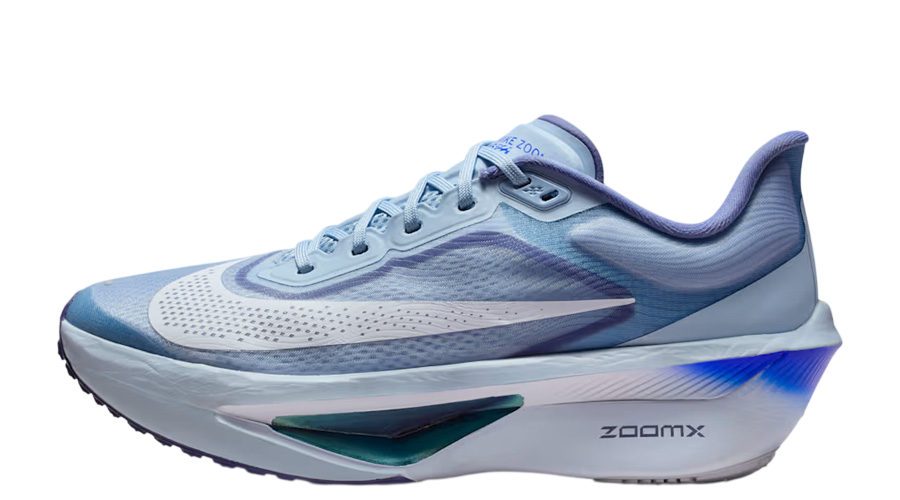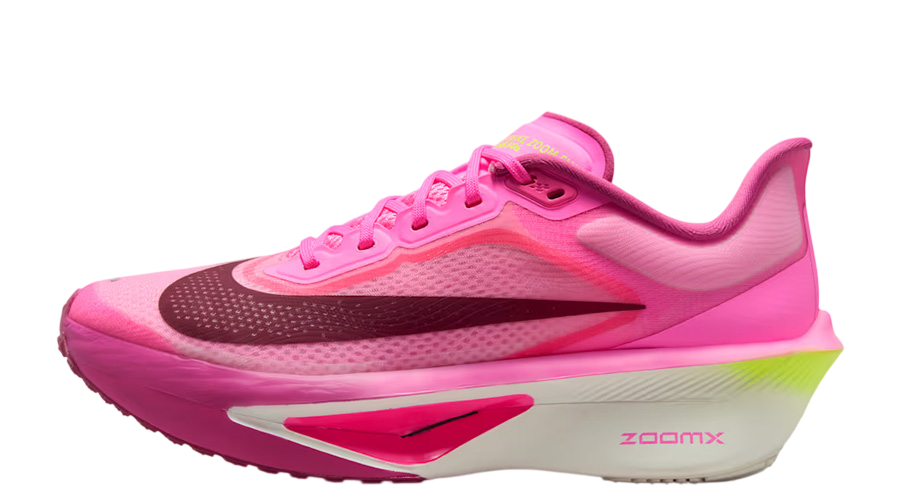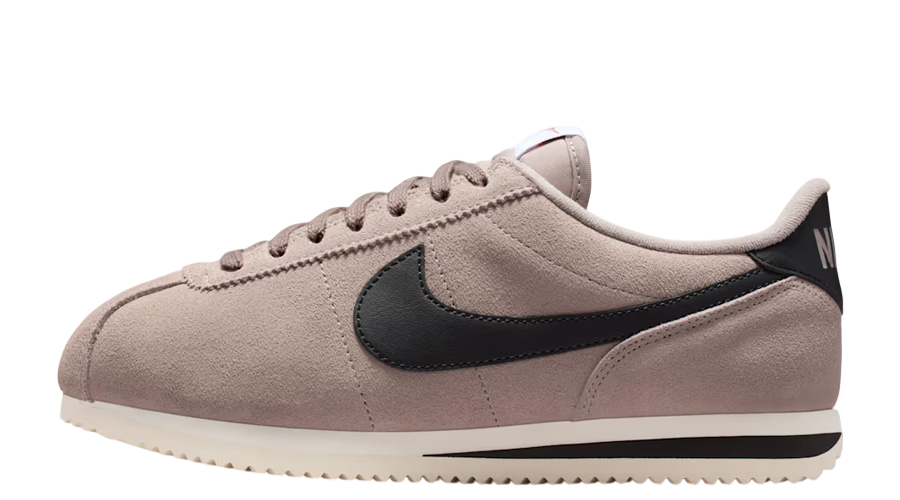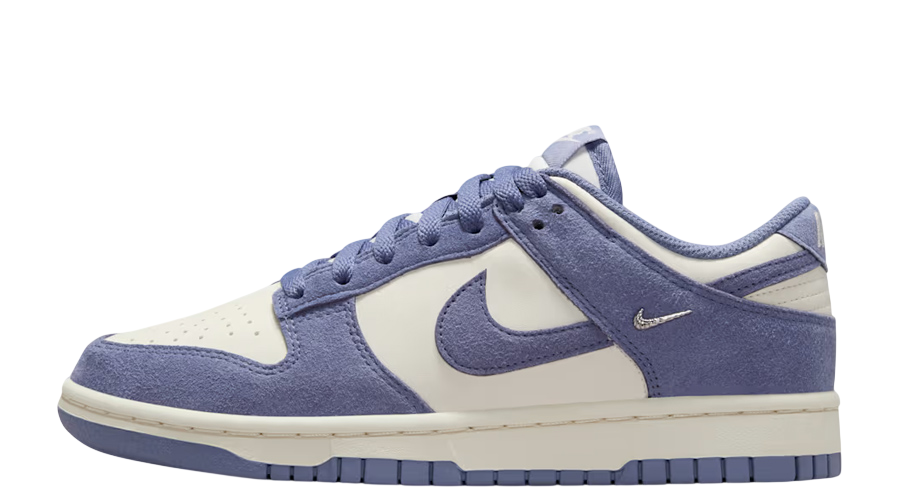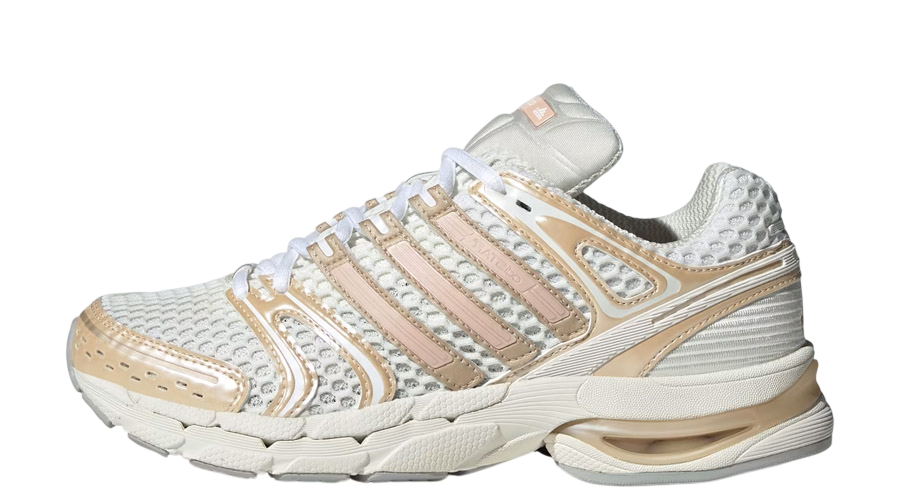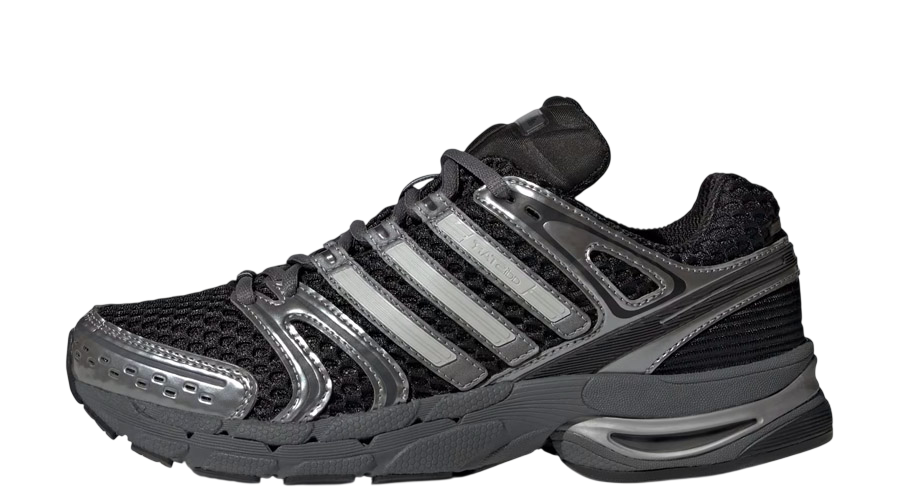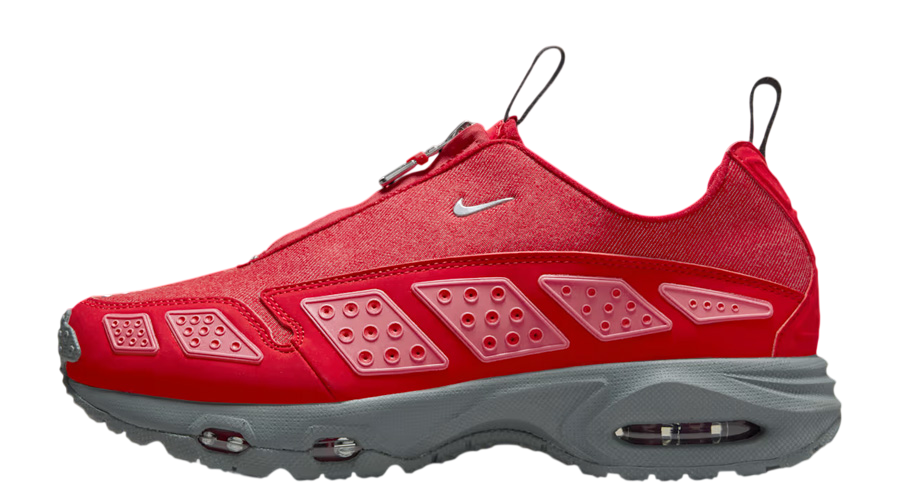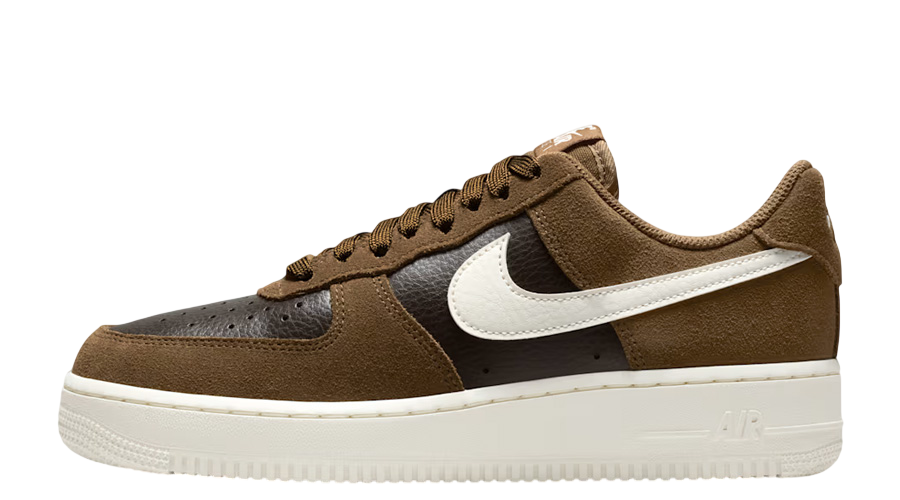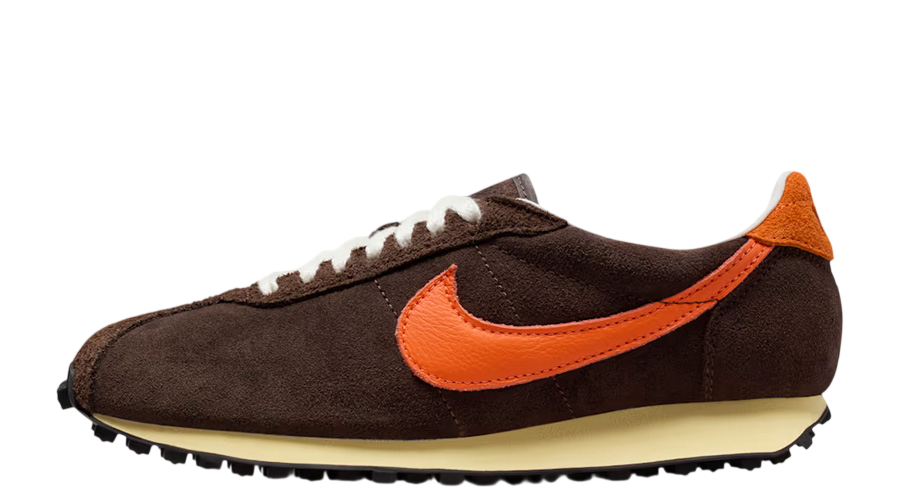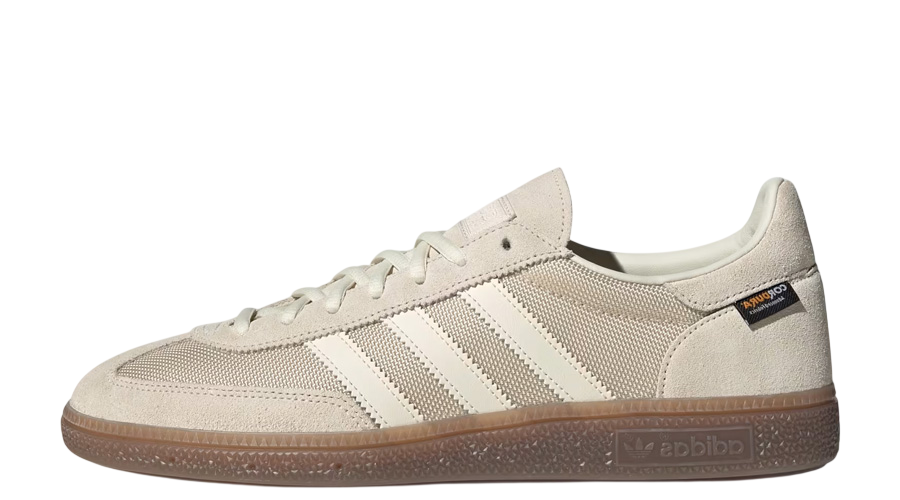Here’s What to Do if Your Air Jordan 4 Starts to Feel Uncomfortable
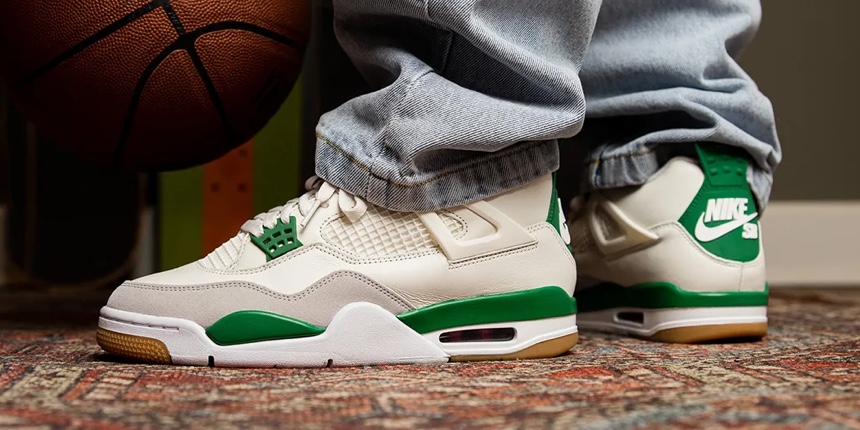
If you’ve ever slipped into a pair of Air Jordan 4, only to find that after an hour your feet are begging for mercy, you’re not alone. Despite their legendary status in the world of sneakers, many have quietly wondered why their pair is so uncomfortable.
It’s a question that doesn’t get much airtime, so in this guide by Captain Creps, we’ll be breaking the silence and offering some real solutions. Whether you’re gearing up for a day out or just want to enjoy your kicks without the pain, we’ve got all the that tips you need to make your Air Jordan 4s as comfortable as they are iconic.
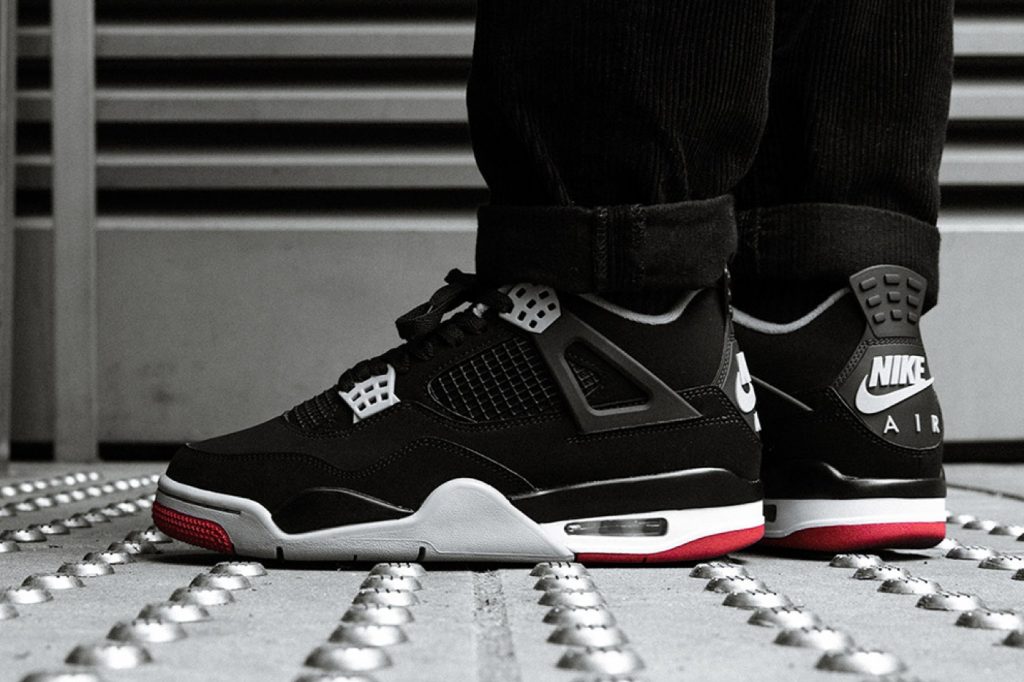
What Can Make the Air Jordan 4 Uncomfortable?
First off, let’s dive into the root of the problem: what’s causing the discomfort in your Air Jordan 4? Understanding these pain points is key to finding the right solutions:
- Stiff Materials: The Air Jordan 4 is undeniably gorgeous, but they aren’t built for all-day comfort. The sturdy suede and leather materials, while durable and stylish, often pinch the pinky toes and can feel like walking on concrete. This stiffness is particularly brutal before the shoes are properly broken in, creating pressure points that make extended wear a challenge.
- Tight Toebox: If you’ve got wider feet, you might find that the toebox of the Air Jordan 4 feels more like a torture chamber than a cosy fit. The narrow design can squeeze your toes together, leading to pain, especially around the pinky toe area. This can cause blisters and make each step increasingly uncomfortable, particularly if you haven’t got the right size.
- Heel Tab Irritation: The iconic heel tab on the Air Jordan 4 adds to the shoe’s appeal, but it can also be a source of discomfort. If you’re wearing ankle socks or shorts, you might notice it digging into your achilles, causing irritation and soreness. This is a common issue, especially when the shoes are new and the materials are still stiff.
- Hard Sole: The flat, firm Nike Air is great for performance but can feel unforgiving on the feet. Without much cushioning, you might feel like you’re walking directly on concrete, which isn’t ideal for long periods of wear. This can lead to foot fatigue and discomfort, particularly if you’re on your feet for extended periods.
- Improper Fit: Even a small gap between your big toe and the front of the Jordans can make a big difference in comfort. If there’s too much space, your foot might slide around, causing blisters and irritation. On the other hand, if the fit is too tight, it can pinch your toes and lead to even more discomfort. Finding the perfect fit is crucial to avoiding these issues.
How Can You Make the Air Jordan 4 More Comfortable?
Now that we’ve identified the common causes of discomfort, it’s time to focus on solutions. Just because your Air Jordan 4 doesn’t feel perfect right out of the box that doesn’t mean you have to endure that discomfort:
- Go Up Half a Size: Many people find that the Air Jordan 4 runs a bit short, especially in the toebox. If your toes are hitting the end of the shoe, consider going up half a size. This can give your feet the extra room they need to avoid that cramped feeling. While some might even go a full size up, a half size is often enough to make a noticeable difference without compromising the overall fit.
- Address the Tight Toebox: The narrow toebox in the Air Jordan 4 is a common complaint. If this is causing discomfort, going up half a size can help, but there’s more you can do. Loosen the laces near the front of the shoe to relieve pressure on your toes. This simple adjustment can create more space and reduce the chance of blisters or pinching.
- Consider Your Foot Type: If you have wider feet, you might struggle more with the fit of the Air Jordan 4. However, it’s important to differentiate between genuinely wide feet and simply needing a bit more room due to the shoe’s design. If your feet are on the wider side, try on the shoes with thicker socks or consider using a shoe stretcher to give yourself a bit more room.
- Mind the Length: The length of the Air Jordan 4 can also be a sticking point. Some people find that these sneakers run a bit shorter than other models, like the Air Jordan 1. If your regular size leaves your toes too close to the end, it’s worth trying a half size up. This adjustment can be especially helpful if you usually find your toes right up against the front of the shoe in other Nike models as well.
- Break Them in Gradually: The Air Jordan 4 can feel stiff out of the box, so take your time breaking them in. Wear them around the house for short periods with thick socks to help the materials soften up. This will reduce the chance of discomfort when you finally take them out for a full day.
- Choose the Right Socks: The socks you choose can play a big role in comfort. Opt for thicker, cushioned socks to provide a bit more padding inside the shoe, especially if you’re feeling pressure from the tight toebox or heel tab. Moisture-wicking socks can also help prevent blisters during longer wear.
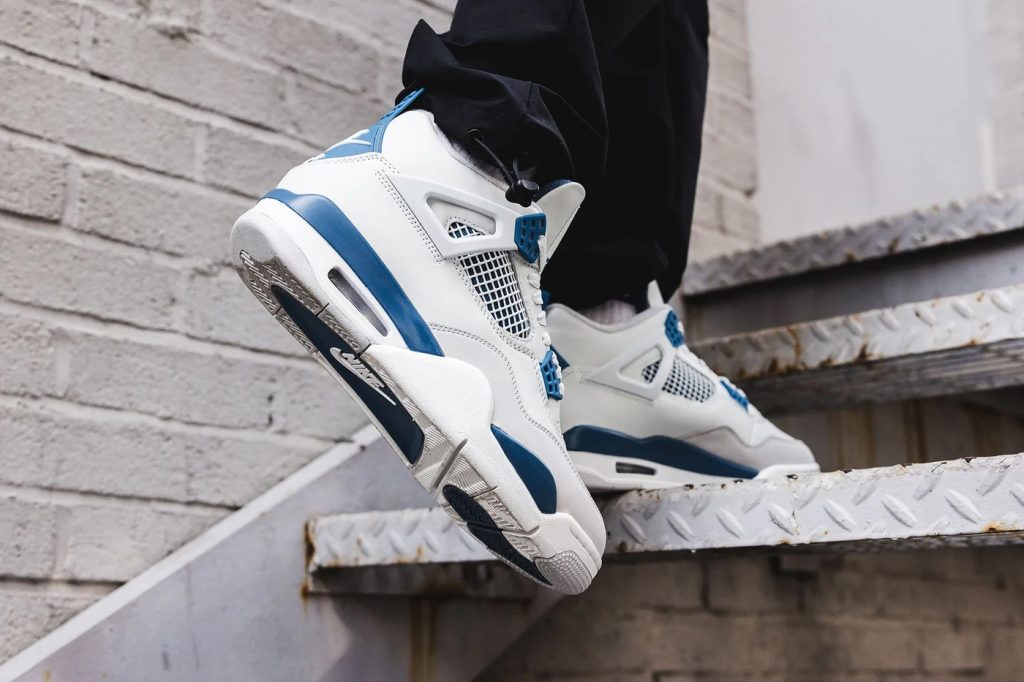
How Do You Break in the Air Jordan 4?
We’ve touched on the importance of breaking in your Air Jordan 4s earlier, but now it’s time to dive deeper. Properly breaking in these sneakers is crucial for avoiding discomfort and ensuring they mould perfectly to your feet:
- Start Slow: Don’t wear your new Air Jordan 4s for a full day right away. Instead, start by wearing them around the house for short periods. This gives your feet a chance to get used to the shoes while beginning to soften the stiff materials.
- Use Thick Socks: Wearing thick, cushioned socks during the break-in period can help in two ways. First, they provide extra padding, reducing the risk of blisters. Second, they slightly stretch the shoes, helping the materials to loosen up more quickly.
- Flex the Shoes: Before putting them on, try gently flexing the shoes with your hands. Bend the toe box and heel areas slightly to help break the stiffness. This won’t fully break them in, but it can give you a head start.
- Alternate Shoes: During the first few weeks, alternate between your Air Jordan 4s and other shoes. This will give the Jordans time to rest and gradually adjust to your feet without putting too much strain on your feet.
- Consider Softening Agents: If your Air Jordan 4s are particularly stiff, you might want to consider using a shoe softening spray. Apply it to the inside of the shoes, focusing on the areas that feel the most rigid. This can help accelerate the break-in process.
- Walk Indoors: Take them for a few walks indoors before hitting the pavement. Walking on softer surfaces like carpet can help ease the shoes into their new shape without the harsh impact of harder surfaces.
The Bottom Line
The Air Jordan 4 is iconic – there’s no doubt about it. They boast a design that’s been celebrated for decades and a reputation that’s hard to beat. However, like many classic sneakers, they come with their own set of challenges, particularly when it comes to comfort. If you’re willing to invest a bit of time in breaking them in and making the necessary adjustments, the payoff is a pair of shoes that not only look great but also feel much better over time.
So, are they worth it? Absolutely. If you’re prepared to put in the effort. For those who value style and legacy, the Air Jordan 4s offer a unique blend of both. And with the tips and solutions outlined in this guide, you can ensure that your feet are as happy as your sense of style. In the end, the comfort you achieve will make these sneakers worth every step.

Frequently Asked Questions
Should I go up a size on my Air Jordan 4s
If the toe box feels tight or you have wider feet, going up half a size is a good option. A full-size up might be needed for particularly wide feet.
How long does it take to break in the Air Jordan 4?
The break-in period varies, but wearing them for short periods over a few weeks usually helps soften the materials and mould them to your feet.
How can I prevent blisters in my Air Jordan 4?
Ensure your shoes are the correct size, wear thick, moisture-wicking socks, and consider using blister prevention products like moleskin or anti-blister sticks.
Is it normal for the Air Jordan 4 to feel stiff out of the box?
Yes, Air Jordan 4s can feel stiff initially due to the materials used. This is why breaking them in gradually is important to achieve a more comfortable fit.
